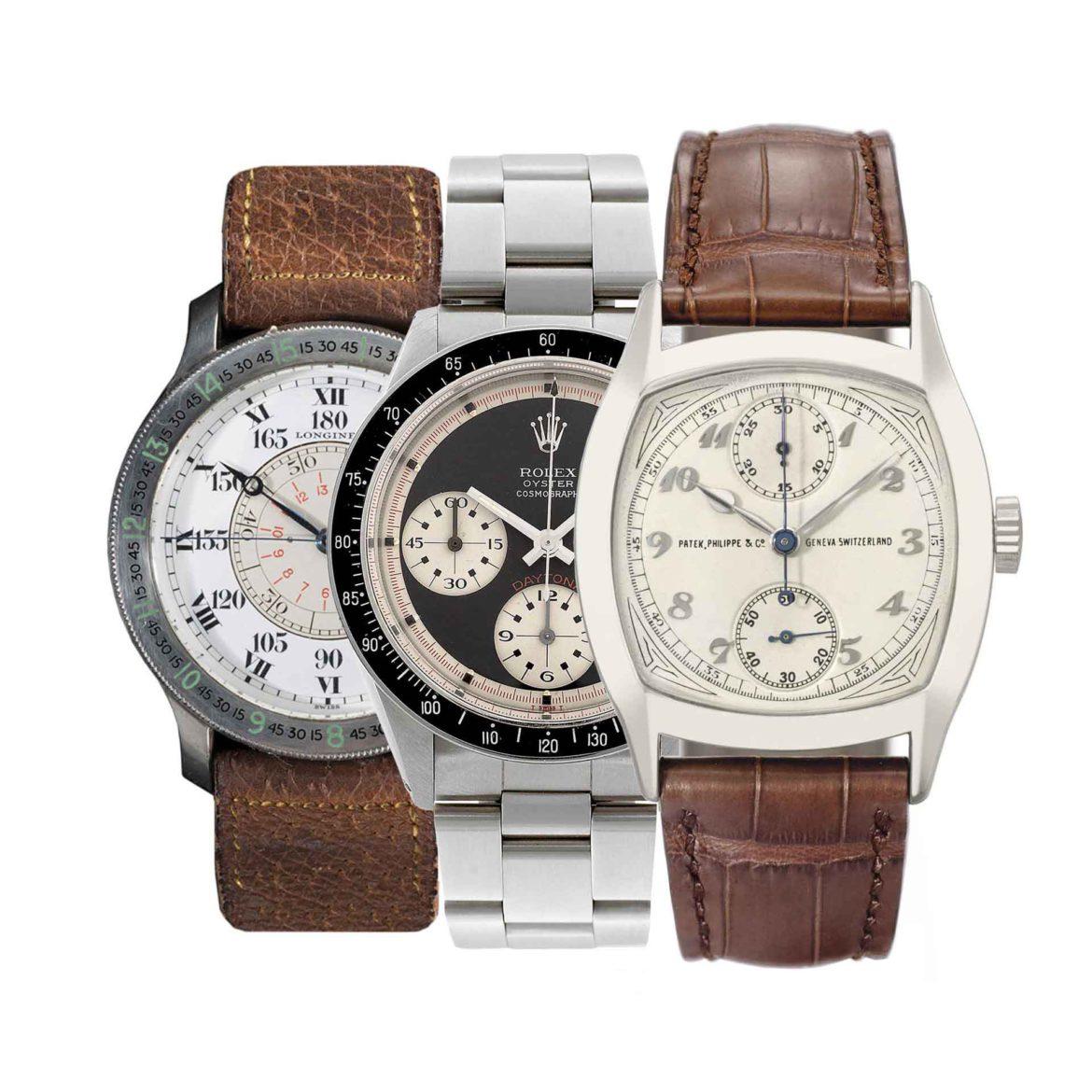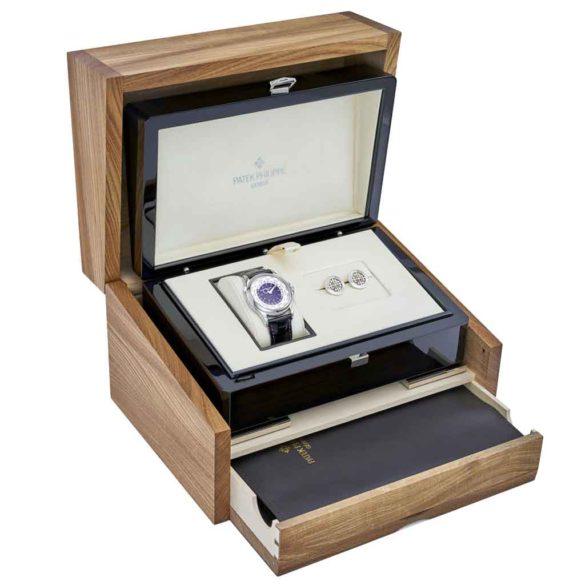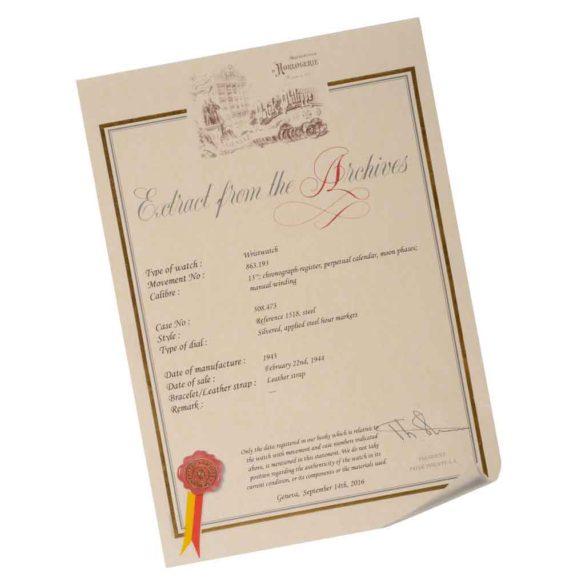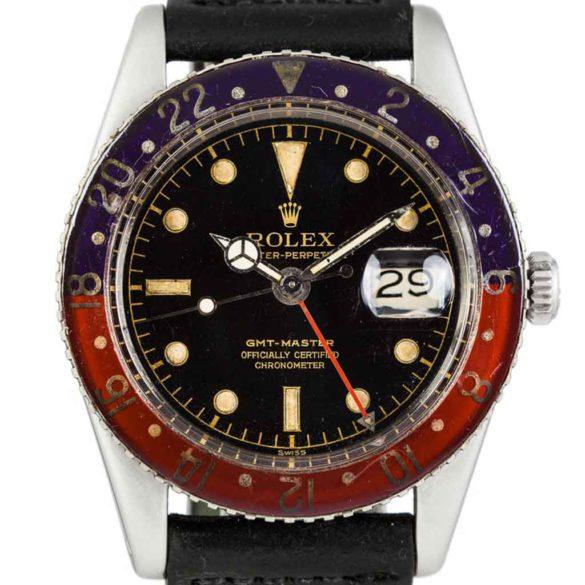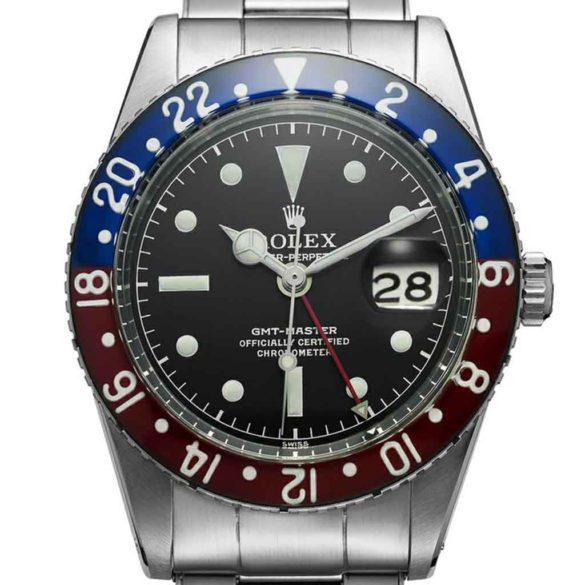If you want to buy a vintage watch, or one that is antique or just used, keep some basics in mind. But first, what is a vintage watch?
Mostly, if you look at the age of a watch, it is categorized in new, used, vintage and antique. New speaks for itself. ‘Used’ normally means: watches that are younger than 30 years. Vintage watches are from the period between the 1950s and 1980s. The 1930s and 1940s are the art-deco period. Antique are watches dated before the 1930s. More or less. Below are the most important aspects when you buy a vintage, antique or used watch.
How does it look?
![]()
Perhaps it is a cliché, but the watch should look good for its age. Some patina on the case is okay, and the dial, indexes and hands can change color over time. A few minor scratches here and there are inevitable. However, sometimes, especially with steel cases, the watch is re-polished. It looks good, if it is done properly, but it’s less original. And the watch becomes less valuable.
Does it work?
![]()
Also, the watch should work. A piece from the 1930s won’t keep the time as precious as a new one, however it should run smoothly. If you buy online, check if there are detailed photos of the movement. If not, ask for them. No photos can mean the seller cannot open the case back or the movement is not good. It is a potential risk when you buy from a private seller.
Furthermore, check the recent service history of the movement if possible. When you are going to spend a serious amount of money on an old watch, try to find out if the movement has known issues. And do you know a company, or someone in your area who is able to service and repair the movement? Another important thing is warranty. When you buy from a professional dealer it is not unusual to get one or even more years of warranty.
Box and papers
![]()
Having the original box and papers certainly improves the value of a watch. We would never buy a used watch younger than 10 to 15 years without. A watch from the 1950s probably doesn’t come with the original box and papers. If these are available, it raises the price.
Some brands can deliver certificates (extract from the archives) with serial number, technical data and more. Ask the buyer if he or she has those. There are dealers or traders or other professional sellers supplying their own certificate to prove the watch you are buying is authentic. It feels good, but most of them are worthless.
Straps and bracelets
![]()
With metal bracelets (steel, gold, platina, et cetera) you want the original. Preferably unpolished as well. Most leather straps won’t last for 50 years (although the good ones can) but the original buckle or folding clasp do. So, check if these are original too. And are there any (extra) links of the original bracelet – as your wrist size might not be compatible with the old bracelet. If you buy a vintage watch, or an antique one, go for originality. Even when it comes down to a clasp.
I found a very used one, but it looks worthless
![]()
If you want to buy a vintage watch don’t be surprised to find very used watches that are so damaged it is even hard to read the time. Still it might be worth much more than you think. As it can be a rare piece.
Check the reference number of the model you want on more than one marketplace to see how many of them are for sale. Sometimes even a unique model is worth less than a model with more known pieces. There are four known pieces of the Patek Philippe Ref. 1518A but it is worth more than this unique Patek Philippe Ref. 5016A. Yes, the first one is much older, but still.
We would always go for the best condition, but those are the most expensive ones. It might be worth to find out whether the watch can be cleaned. When there is dust inside, it can be removed. Always go to a specialist to do that kind of work. A cracked dial can’t be repaired, and shouldn’t be replaced when it’s antique, if you want to keep the value of a watch.
The left Rolex GMT-Master comes from 1958 and you pay 45,000 US dollars for it…
Check the history of the model
![]()
How old is it really? How much pieces have been made? A lot of information can be found on the internet. And while checking this information you can check prices at the same time. Ebay has other prices than Hodinkee. But most the models on the latter are in perfect condition. That’s why you pay a little more.
Sites like Ebay, Chrono24, Watchfinder or your personal favorite show how much pieces of the model are for sale. Always a good indication. Auction sites can provide very interesting information about similar pieces. Sotheby’s, Phillips or Christie’s mostly auction special pieces with prices starting at 5k. If that’s your league, check their site too to see what similar models did in the past.
I want to buy a vintage watch but I have never heard of the brand
![]()
Check the top websites for vintage watches and use their search engines. When you cannot find the brand on any of those sites, there is not much trading. Which isn´t necessarily a bad thing.
Is the brand on our list of oldest watch brands in the world? If not, and you haven’t found the brand elsewhere, only buy it when you really felt in love with the watch. And you don’t have to pay more than 100 dollars, euros or pounds for it.
Last but not least
![]()
When you buy a vintage watch in a higher price range beware of fake models. So, buy from trusted sellers, renowned companies and ask for a second opinion if you don’t trust it. Some online marketplaces and most auctioneers charge commission. Fair enough if they did research on a watch, photography and more. Online marketplace Chrono24 charges 3.5 % for a so called Trusted Checkout. Which means you buy from screened dealers, have a 14-day return policy and you pay via an Escrow account: your money goes to the seller only when you have received and approved your buy. Catawiki charges 9 % for more or less the same. Payment goes via them, not Escrow. Both companies present themselves as trustworthy partners when buying (or selling) watches.
Ebay has less strict rules: when you didn’t get what you bought you have to contact the seller yourself and see how far you can come. They have a clear return policy, still you will see a lot of ads stating ‘we do not refund!’ or something similar. The good thing is, the buyer doesn’t pay Ebay’s fees, the seller does. To find out what and how you have to crawl some pages, watch how-to video’s and try to understand this. Anyway, the seller pays 10 % to Ebay.
Don’t forget shipping costs and taxes!
Finally, take your time. Sometimes you will need months in order the find that one and only piece you like. And if you are going to spend a serious amount of money on an old watch, check all the boxes. Then you will never regret the moment you buy a vintage watch.
Helpful links
![]()
Auctioneers:
Antiquorum
Christie’s
Phillips
Sotheby’s
Some online marketplaces:
